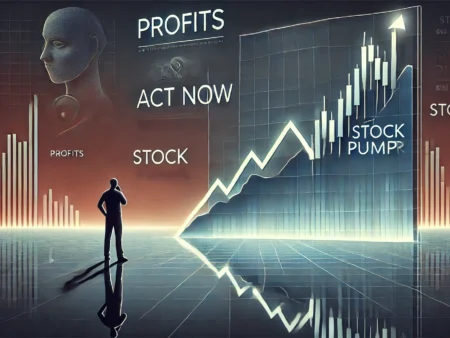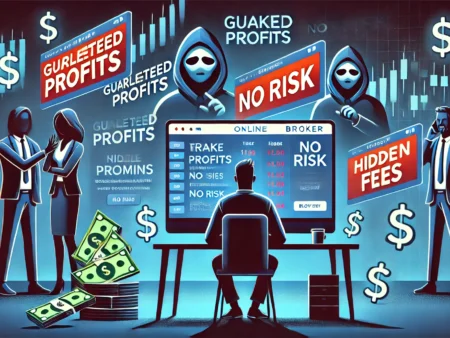I remember the first time I seriously considered investing in Tesla. It was 2018, and the buzz around the company was electric—no pun intended. Friends of mine were throwing out terms like “disruptor,” “future-proof,” and “game-changer,” while skeptics muttered about overhyped promises and volatile stock behavior. Back then, Tesla’s valuation already felt stretched compared to traditional automakers. Fast forward to today, and the question on everyone’s lips remains: Is Tesla overvalued?
My Initial Foray into Tesla Stock
I bought my first shares at around $70 (split-adjusted). To say that I was nervous would be an understatement. Tesla wasn’t just a company; it was a movement. People didn’t just buy the stock; they believed in Elon Musk’s vision of a renewable future. As someone who loved the idea of a cleaner planet, I was captivated. But as someone who’d been burned by overhyped tech stocks before, I was wary.
By 2020, my small initial investment had ballooned. Tesla’s stock price seemed unstoppable, surging on the back of strong delivery numbers, regulatory credits, and the sheer charisma of Musk himself. But as the stock price soared, I began to question whether the numbers justified the hype.
Breaking Down Tesla’s Valuation
At its core, Tesla’s valuation defies traditional metrics. Price-to-earnings (P/E) ratios? Tesla’s P/E has often been in the hundreds or even thousands, compared to single or double digits for legacy automakers like Ford or GM. Free cash flow and operating margins? Tesla’s improving, but it’s still nowhere near the levels of mature companies in the industry.
The bullish argument is straightforward: Tesla isn’t just an automaker. It’s a tech company, an energy company, and a leader in artificial intelligence and robotics. Its potential revenue streams from energy storage, solar panels, and autonomous driving justify its astronomical valuation—at least according to its proponents.
The bearish case, however, is equally compelling. Skeptics argue that Tesla’s core business remains overwhelmingly dependent on car sales, a notoriously capital-intensive and competitive industry. Meanwhile, legacy automakers like GM, Volkswagen, and Toyota are pouring billions into their electric vehicle (EV) programs, eating into Tesla’s first-mover advantage.
The Emotional Roller Coaster
There were times when I felt like a genius for holding onto my Tesla stock. In late 2020, for instance, the company announced its inclusion in the S&P 500, and the stock skyrocketed again. But then came the dips. The memes about Tesla’s stock price volatility were no joke. One moment, you’re riding high, and the next, you’re questioning every financial decision you’ve ever made.
I remember one particular day in 2021 when Tesla’s stock dropped by over 10% in a single trading session. The financial media was filled with doom-and-gloom headlines, and I found myself glued to my phone, refreshing the stock chart every few minutes. My resolve to hold long-term wavered. Was this a bubble about to burst?
The Future of Tesla’s Stock Price
Predicting Tesla’s future stock price is like forecasting the weather six months from now: educated guesses at best. But let me walk you through some potential scenarios.
- The Bull Case: If Tesla continues to dominate the EV market while scaling its energy business and achieving full self-driving (FSD) capabilities, the stock could reach stratospheric levels. Bulls argue that Tesla could justify a $2 trillion or even $3 trillion market cap, akin to Apple’s or Microsoft’s.
- Key Assumptions: Massive adoption of EVs globally, successful implementation of FSD, and growth in energy storage and solar solutions.
- Forecasted Price: $500–$600 per share within 5–7 years.
- The Bear Case: If competition from legacy automakers and new entrants erodes Tesla’s market share, or if regulatory credits—a significant source of Tesla’s profitability—dry up, the stock could suffer a significant correction.
- Key Assumptions: Slower EV adoption, failure to deliver on FSD, and increasing competition.
- Forecasted Price: $150–$200 per share within 3–5 years.
- The Middle Ground: Tesla continues to grow but at a slower pace as the EV market matures and competition heats up. Its energy business contributes meaningfully, but not enough to warrant its current valuation.
- Key Assumptions: Solid EV sales, moderate success in other ventures.
- Forecasted Price: $300–$400 per share within 5 years.
My Take on Tesla’s Current Valuation
Today, Tesla’s valuation still feels stretched to me, but I’ve learned to separate the company from its stock price. Tesla, as a company, is a phenomenal success story. It’s changed the automotive industry and accelerated the transition to renewable energy. But the stock price? That’s another story.
As an investor, I’ve started diversifying. While I still hold some Tesla shares, I’ve trimmed my position to lock in gains and reduce exposure to potential volatility. I’ve also begun looking at other players in the EV and renewable energy sectors, many of which are trading at far more reasonable valuations.
Lessons Learned from My Tesla Journey
Investing in Tesla has taught me several valuable lessons:
- Don’t Get Caught Up in Hype: The stock market thrives on narratives, but it’s important to dig into the numbers and think critically about valuations.
- Stay Disciplined: Tesla’s volatility tested my patience, but sticking to my long-term investment plan helped me weather the ups and downs.
- Diversify: Putting all your eggs in one basket is risky, especially with high-growth stocks like Tesla.
- Separate the Company from the Stock: Just because a company is innovative doesn’t mean its stock is a good buy at any price.
Final Thoughts
Tesla is a remarkable company, but whether it’s overvalued depends on your perspective. If you believe in its long-term vision and are willing to stomach the volatility, Tesla could still be a worthwhile investment. But if you’re looking for a value play or steady returns, you might want to look elsewhere.
For now, I’ll continue to monitor Tesla from the sidelines, cheering on its successes while keeping a cautious eye on its valuation. Who knows? Maybe five years from now, I’ll be writing about how I regretted selling too early—or about how I dodged a financial bullet.













